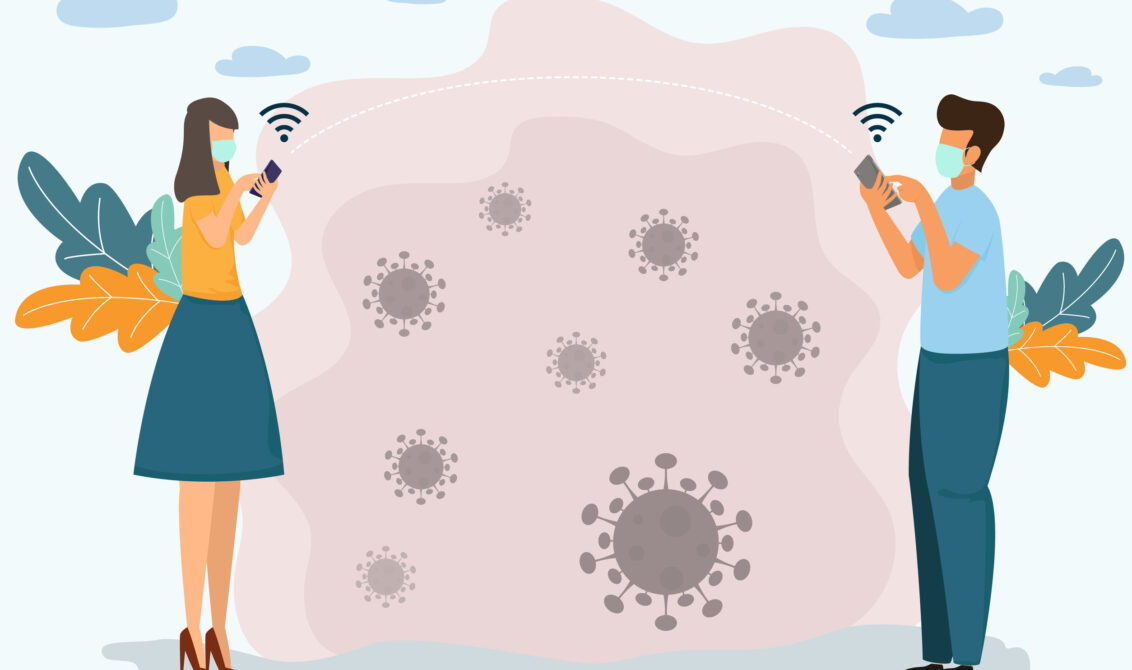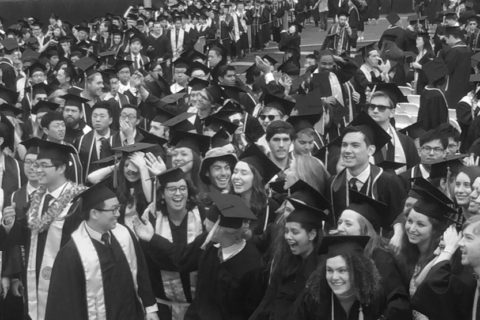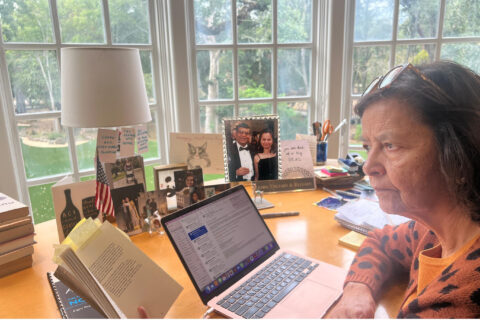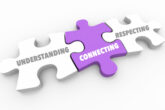
It has been 11 weeks since the lockdown in the San Francisco Bay Area began. The true picture of COVID-19 is still evolving. As new data emerges, we can learn, adjust, and change to better fight the global pandemic
I drew some significant inferences from such data:
1. Saving lives does not have to come at the expense of saving the economy.
A complete lockdown was ordered, leaving hoards of workers without jobs. We did not know which lives we were saving, and which workers could go to work without significant consequences. The data now shows that in the US, ages 65 and older account for about 70% of COVID deaths, and younger (<65 years) folks make up 30%. And the death rate for the age group under 45 years is less than 5%. But the younger folks are being disproportionately impacted by lockdown policies – the US Bureau of Statistics reveals in 2019, 93% of the workforce was less than 65.
Going forward, I would recommend people ages 65+ stay locked down, if they chose to, and open up the economy for the rest.
2. Knowing a COVID-infected person is not contagious 7-9 days after being symptomatic can be useful to hospitals and families alike.
NY Governor Andrew Cuomo said a COVID-19 hospitalized patient stays on a ventilator for 11-21 days. After 9 days, these patients need not be in special ICU’s and serious PPE is not needed, as they are no longer contagious. Once they are moved to the regular ICU, families can also start visiting their loved ones.
This can be comforting to the patient, the families, and alleviate the burden on the healthcare system.
3. By detecting the clustering patterns of humans which cause a major spread of the virus, we can selectively restrict those activities.
Why do some COVID-19 patients infect many others, whereas most don’t spread the virus at all? In 2.5 hours of choir practice in Mt. Vernon Church in Seattle, one person is suspected to have infect 52 others. Yet one family member does not necessarily infect all others. It is the intensity of exposure that counts.
If we can be more precise on our recommendation of restrictions and reasons behind, we can avoid the feared second wave. Being overly cautious with PPE, and social distancing is unsustainable. We miss out on important points while being preoccupied with less important ones. There is a fine line between actions taken out of fear vs caution.







